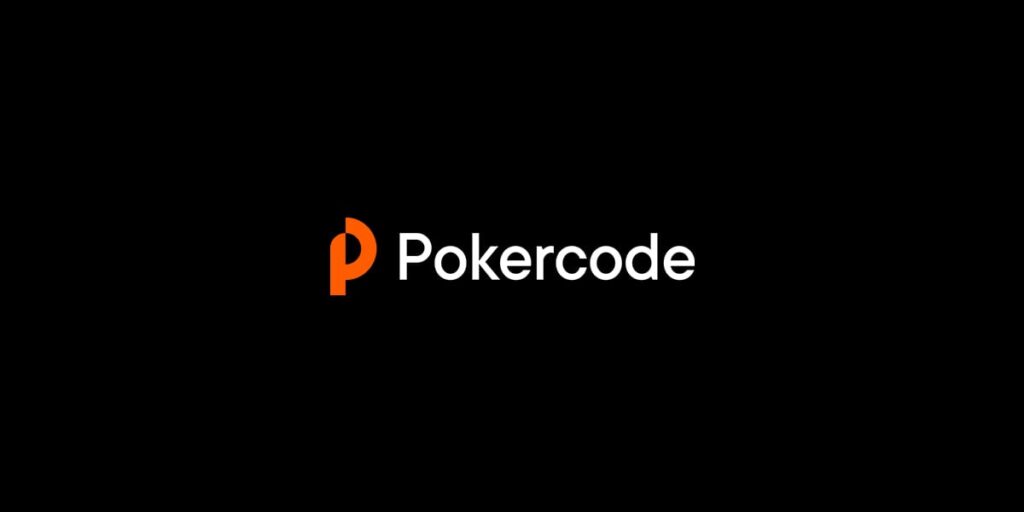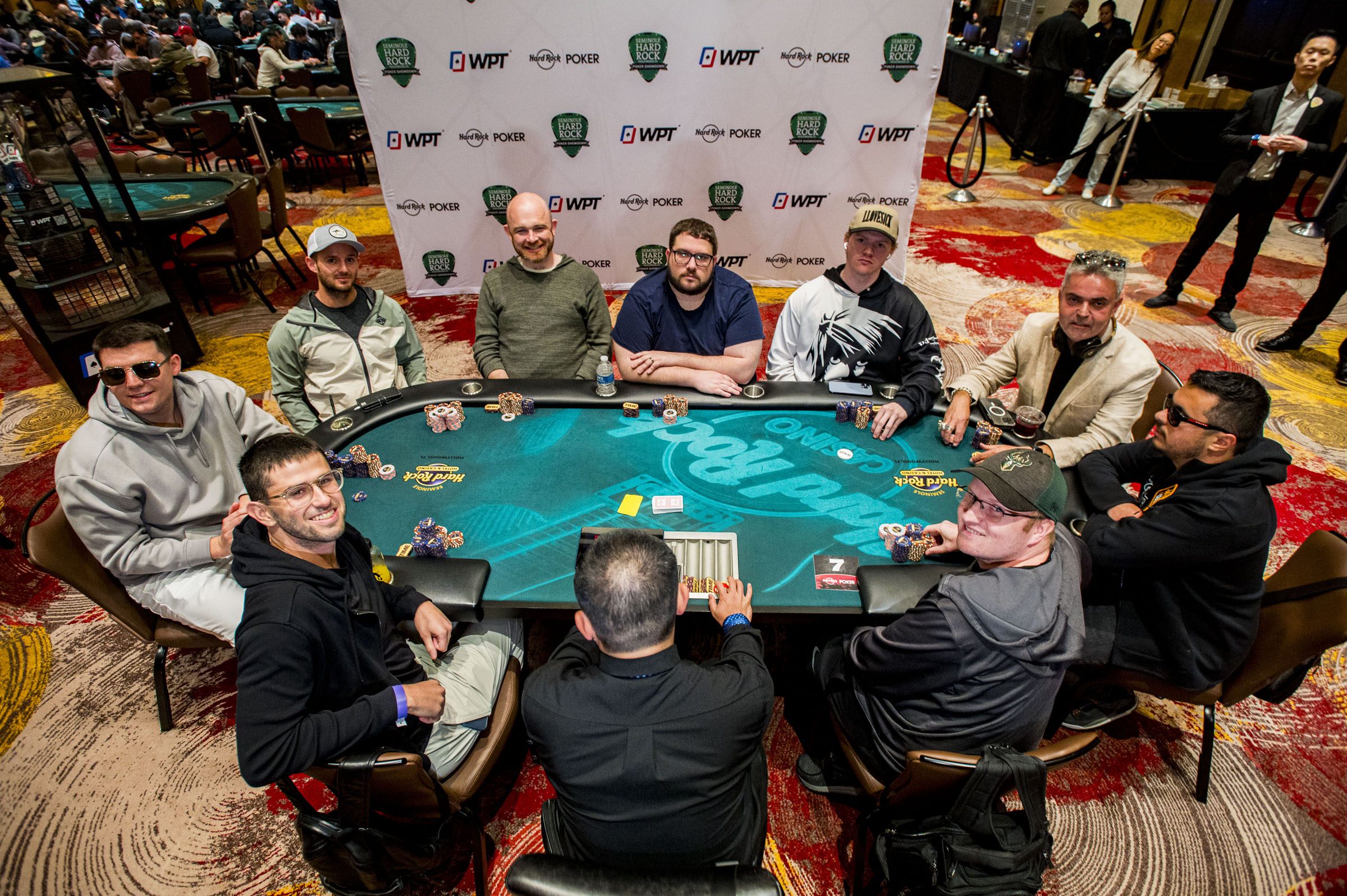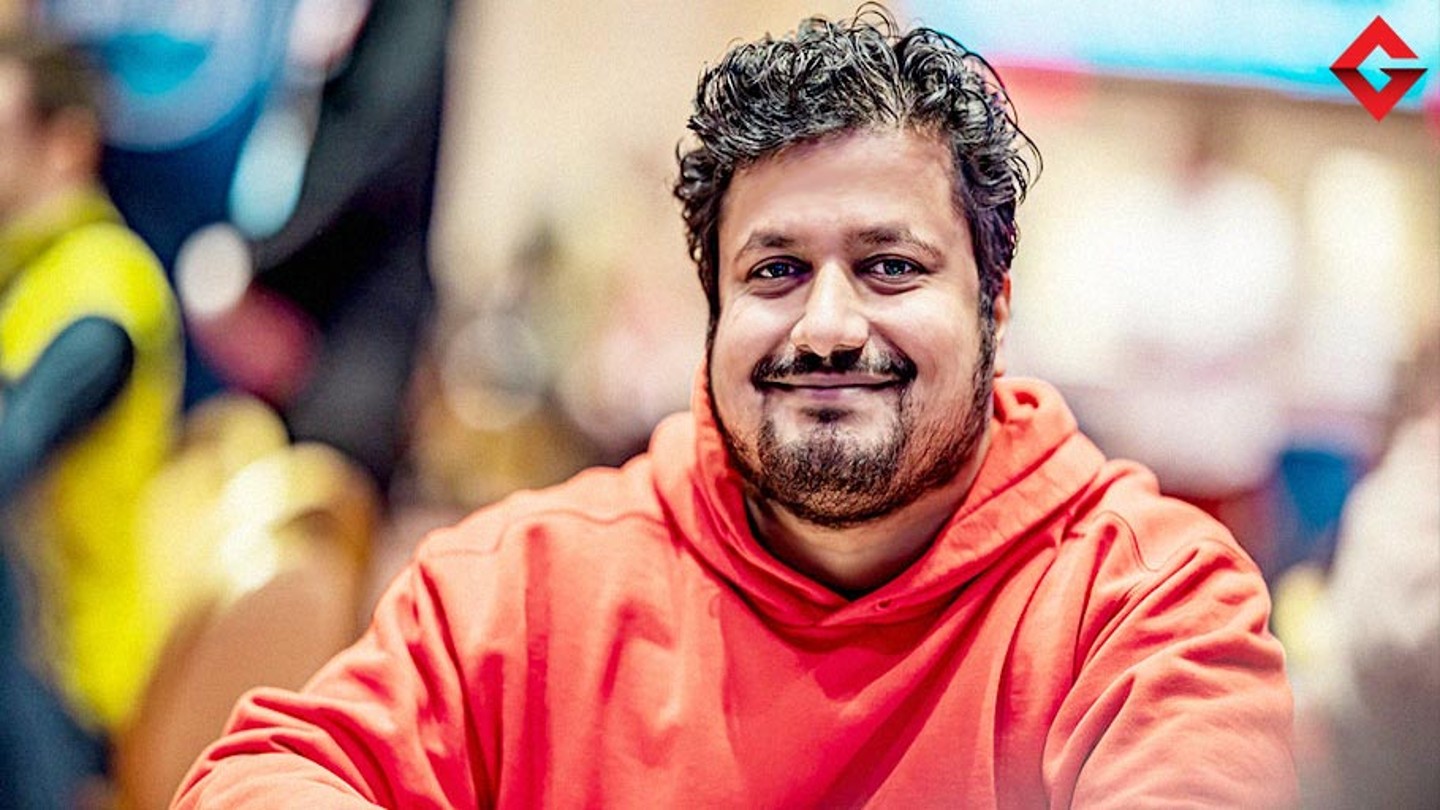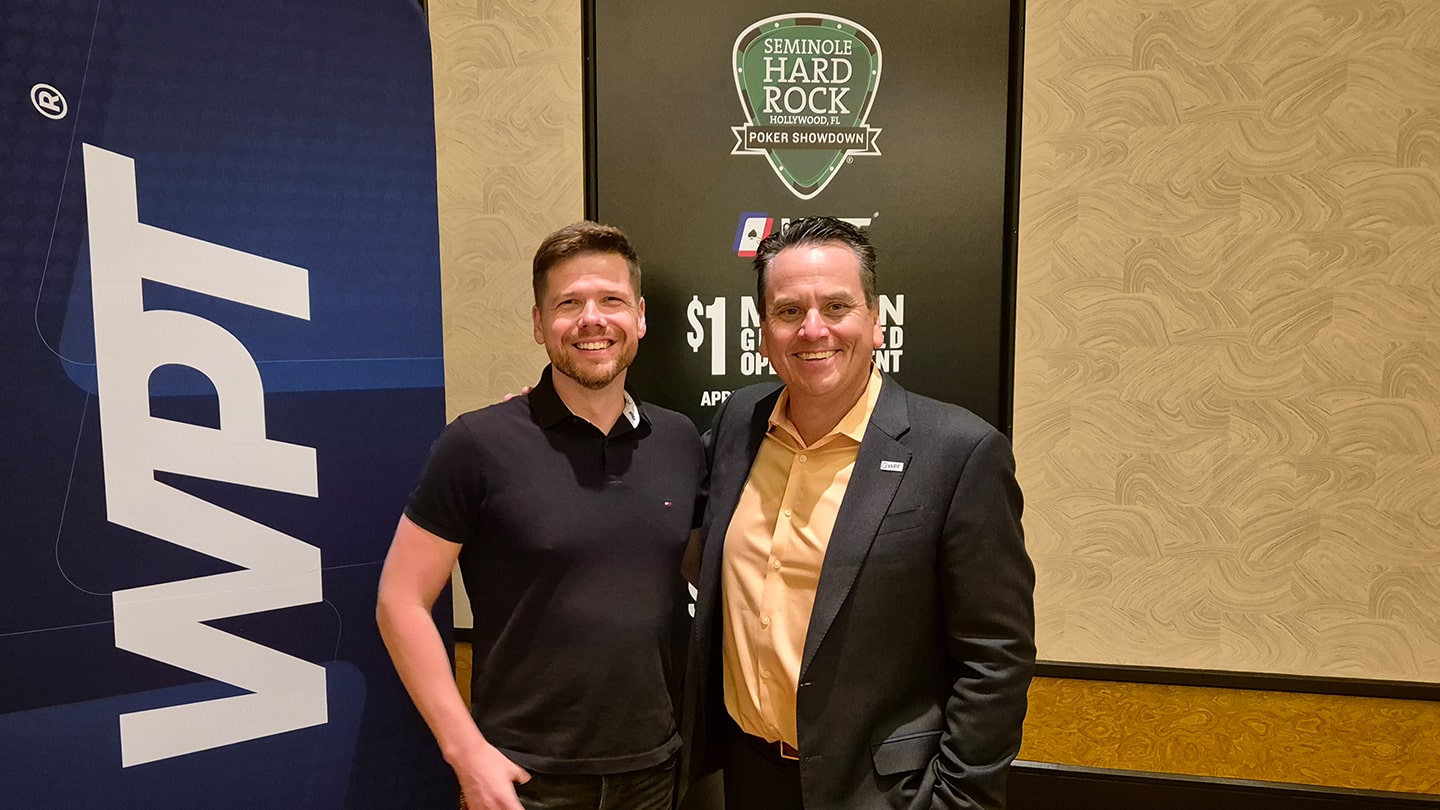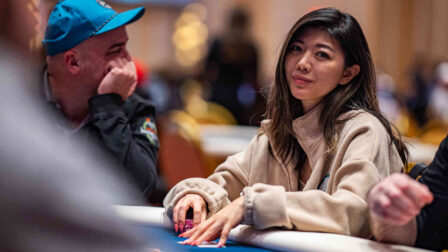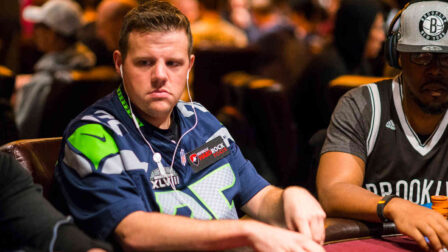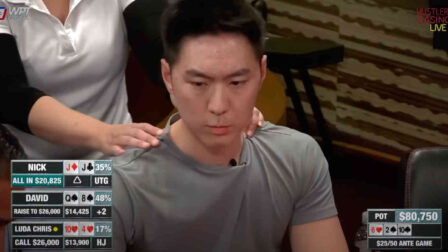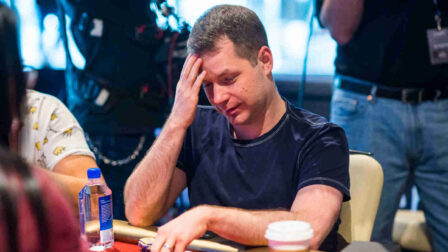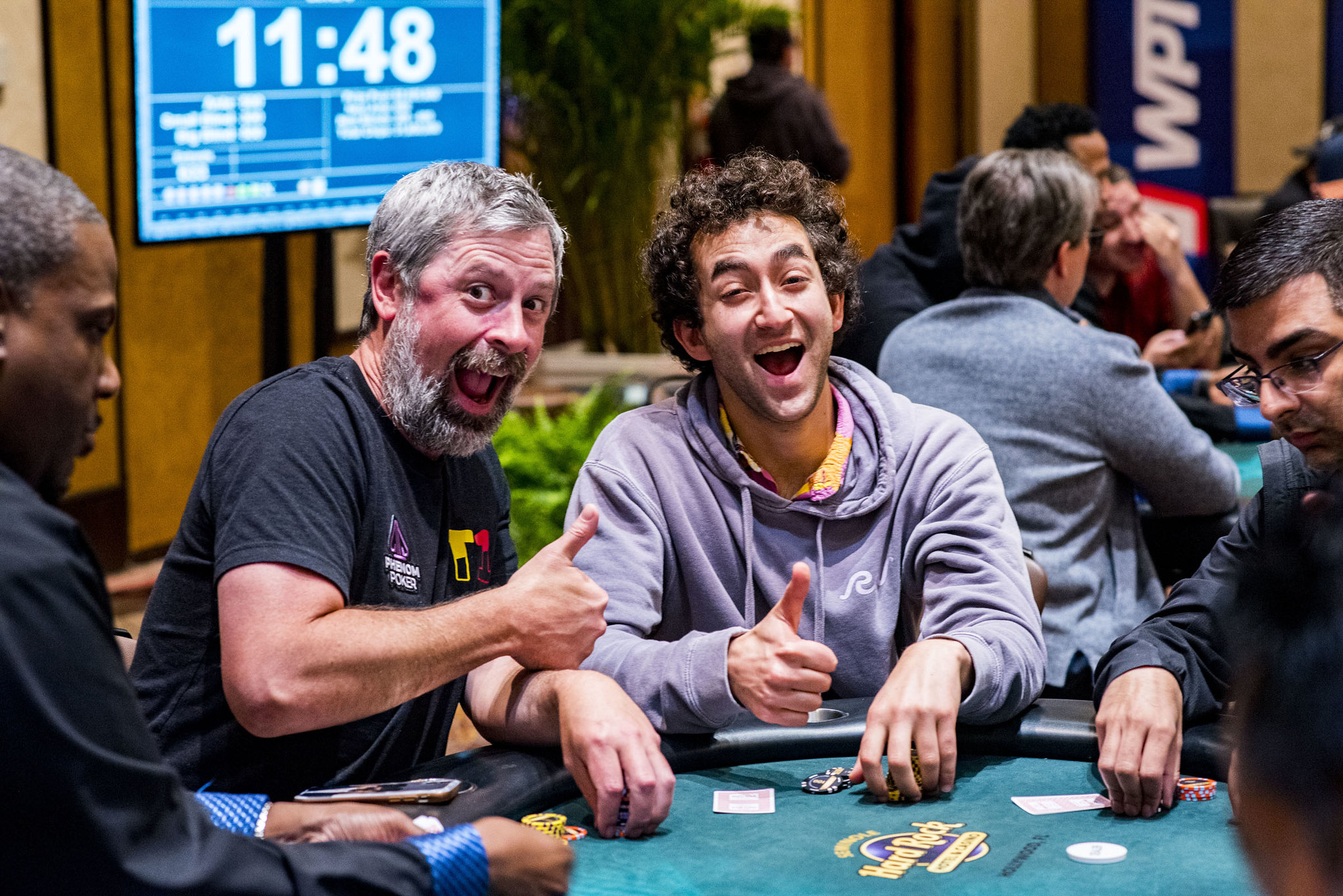Facing C-Bets Playing from the Big Blind – Expert Tips by Fedor Holz

4 minutes
Last Updated: November 5, 2023
If you want to become a top player in your games, make sure to learn from the best and check pokercode.com
…
Today, I’ll cover a very important topic that can help significantly improve your results. The question I’ll try to answer is: how do you correctly play against a continuation bet from the big blind?
Before we dig any deeper into this topic, it’s important to note that we’ll always be at equity and nuts disadvantage in these spots.
It’s also important to note that our range is almost always capped. Since we 3-bet our strongest hands pretty much 100%, there are certain hands that we can’t have in our range.
I’ll discuss the strategy for playing against c-bets by dividing hands into two main categories. First, there are the hands that I want to have in my check-raise range. Secondly, there are more straightforward hands that I’ll play as either calls or folds on the flop.
As always, it is important to stay flexible and adjust to new information. Knowing what your opponent’s tendencies are can help you better construct your ranges and push you toward folding more or calling more, depending on what option is likely to produce more equity in the long run.
Facing a 50% Pot C-Bet
A 50% continuation bet is probably one of the most frequent that I’ve faced over the years playing live and online poker, so I’ll use that example to bring home the most important points.
Looking at the board of K♠10♦4♣, the big blind has a range disadvantage. At the same time, he has a wider range to select specific hands. We have more pairs in our entire range than the initial raiser.
So, let’s first look at the kind of hands that we’ll want to check-raise with.
First of all, there are value hands, such as bottom sets and all two-pair combos, as well as a few combinations of good top pairs. The hands that we can use as bluffs are various bottom pairs and straight draws that have the equity to make the nuts, as you can see in the chart below.
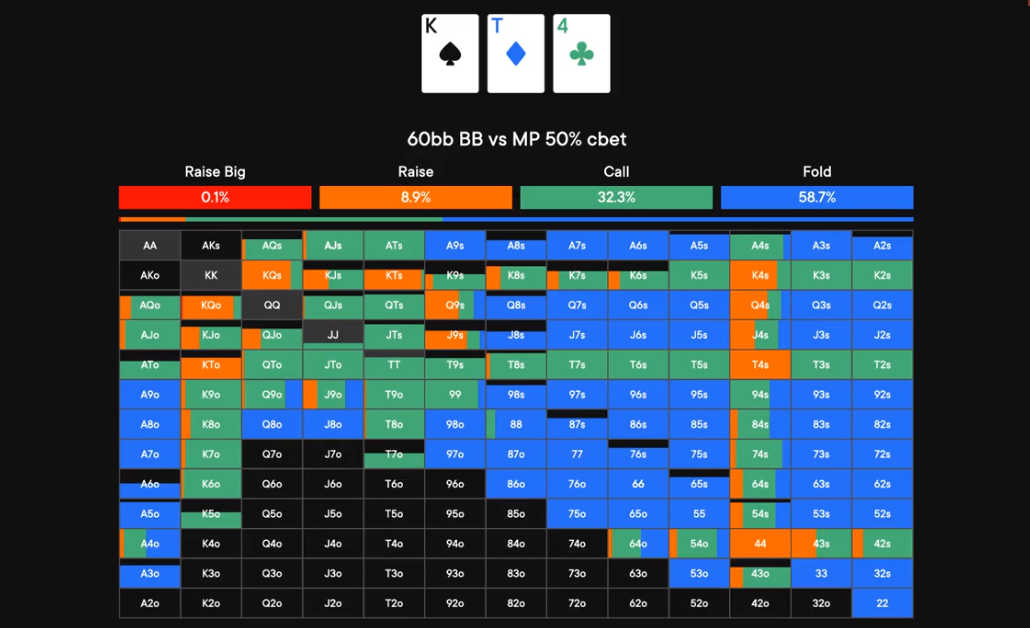
When it comes to constructing our calling range, we are getting pot odds of 3:1, which means we need about 25% equity. However, given that we’re out of position for the entire hand, we’ll want a bit more equity to make up for the positional disadvantage.
To make it simpler, you’ll want to continue with hands that have roughly 30% equity, which means at least a pair or a gutshot straight draw and an over-card.
Playing Against a 75% C-Bet
Let’s now look at a different example of a different board texture and a larger c-bet size of 75% of the pot. The board is 6♠5♦4♣, and 75% is the type of sizing you’ll face a lot on these textures.
So, once again, what hands do we want to check-raise for value here? Our mid and bottom sets and straights are clear candidates. Then, there are some two-pair combos and pair + straight draw combinations with high equity.
Natural bluffs on this texture are straight draws and gutshots. These hands meet the criterion of turning into very strong holdings on later streets.
When it comes to calling, since we are facing a bigger bet, we need 30% raw equity to continue. If we account for being out of position, we need significantly above this number.
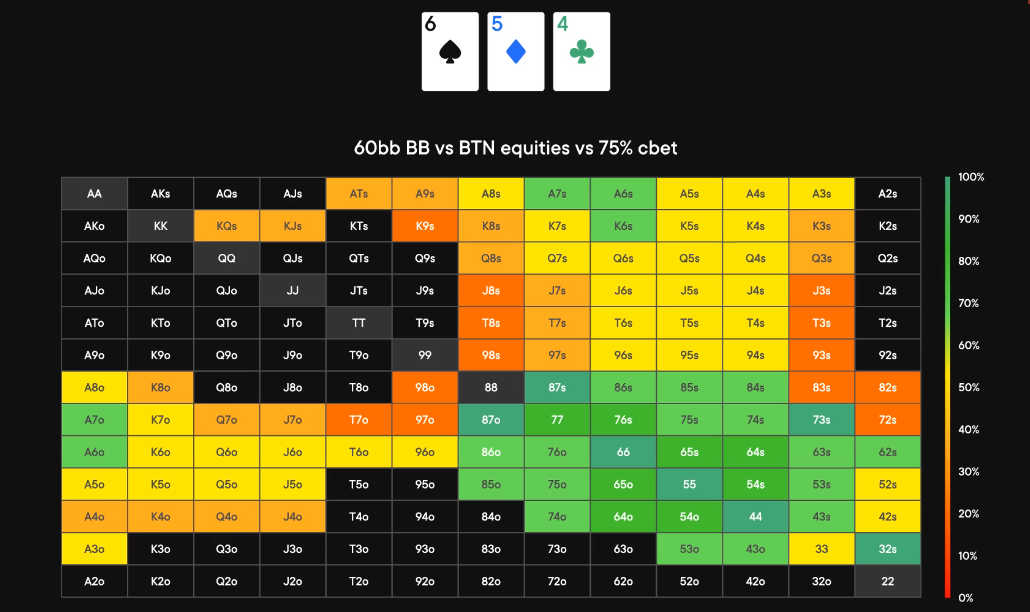
So, we will continue with all pairs, all open-enders, and some hands that can improve on over-cards, such as A-T suited with a backdoor flush draw. This approach will give you coverage over all sorts of different runouts.
It’s important to note that we’ll still fold quite a few hands in this spot. As a threshold, we’ll fold around 50% of all the hands that we get to the flop with (depending on the size and other factors).
Summary
Facing c-bets in the big blind is something you’ll have to deal with throughout your poker career. It is thus important to hone your skills in this area and understand all the intricacies of different situations.
While you won’t get all that from just one article, there are a few important takeaways here that should help you quite a bit.
Always think about the type of range that performs better on a particular board texture and proceed accordingly. Whose range contains more top hands?
Based on this, you can figure out what kind of equity you need to continue. Once you have that number, focus on choosing hands that are above that minimum threshold (such as pairs and decent draws). With this approach, you’ll avoid any serious mistakes in these spots.



